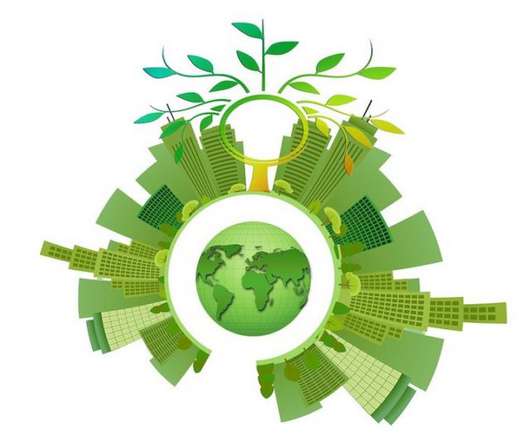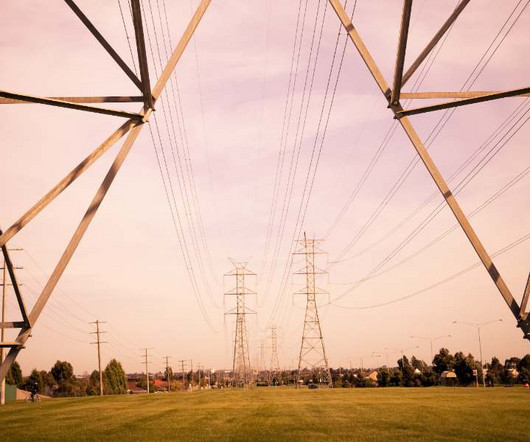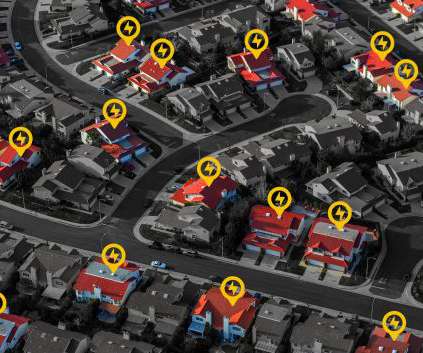How the utilities industry is building a sustainable future
Smart Energy International
FEBRUARY 9, 2022
The energy and utilities industries play a significant role in carbon emissions. In the US, 25% of greenhouse gas (GHG) emissions come from electricity generation. This is not surprising, with coal and natural gas representing about 60% of electrical supply. Energy Transition for Sustainability.















Let's personalize your content